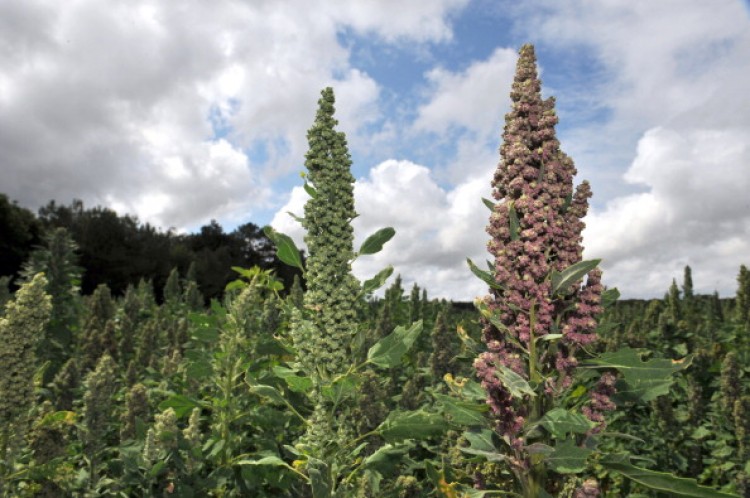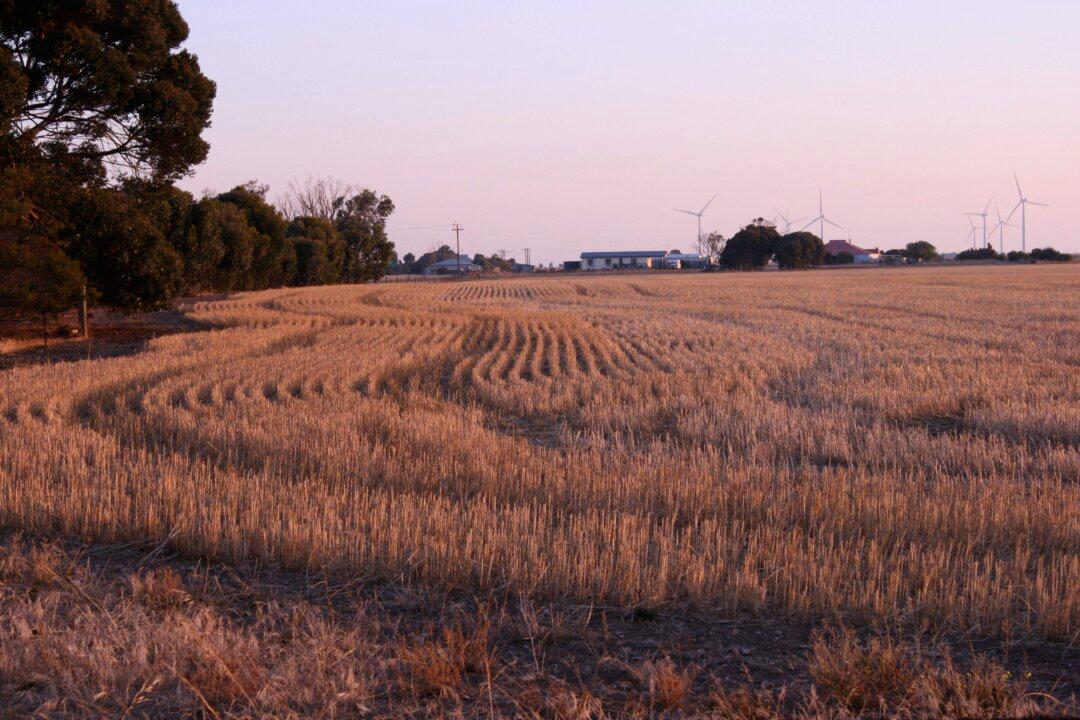This nutritious edible seed is often mistaken for a grain, but it eats like a cereal and can be compared to the texture of couscous or burghul. But unlike some other cereals such as wheat, it does not contain the allergen gluten, which can in some, lead to tummy upsets and bloating.
As a wheat substitute, quinoa boasts some even better attributes, such as being a whole- food, rich in protein. It is not only a good source of protein; it is a complete protein, as it possesses all nine essential amino acids. This makes it a good choice for those who are vegetarian or concerned with maintaining a healthy waistline, as protein makes you feel fuller for longer; no wonder the Inca’s nicknamed it ‘the warriors food’.
Experts repeatedly tell us that a diet high in fiber and low in calories and saturated fats is said to reduce the risk of heart disease and heart attack, a common disease of the modern western world. Introducing Quinoa into the diet is one way to curb the calorie intake while benefiting from the antioxidant protection that it provides. And called by some a superfood, quinoa contains beneficial minerals, namely magnesium which gives protection from diseases such as heart disease, high blood pressure and diabetes.
Iron is also present in good quantities, which is needed particularly in women’s diet for good hemoglobin stores in blood cells, essential for transporting oxygen around the body.
Preparing this simple food is basic. First rinse the Quinoa in water to remove the bitter tasting saponins; quinoa can also be bought pre-rinsed. Then, boil one cup of quinoa in two cups of water while stirring occasionally. The seed is ready when it appears to have turned translucent with a white centre. When cooked, the germ unravels revealing a visible spiral tail. Like pasta, the quinoa should have a slightly nutty, al-dente texture to it.
Try adding quinoa to salads, soups or burger mixes to amp-up the protein content. Use it instead of rice as a bed for stir-fried vegetables, or add honey, poached fruit and yogurt to it for a gluten free breakfast cereal. This versatile seed can also be sprouted like alfalfa. Quinoa can be bought from health food stores or from the health food section of most super markets.
Gold Left From Ancient Farmers
The cultivation of Quinoa, also referred to as little rice, began more than 5000 years ago in the Andeas region of South America. Along with maise, the grandfather of corn, and potatoes, quinoa made up the staple diet for the people living there who were competent farmers. There are more than 17 varieties, and the colours range from light pinks to black and also reds and browns. Some however are smaller and are less nutritious than others.
The ‘real’ variety is most common in the market place, as it is ivory white, has larger sized seeds and high protein content, as it is able to absorb more nutrients from the soil. The red variety is also becoming sought after as it has a distinctive sweet flavour, an alternative for sweet dishes.







